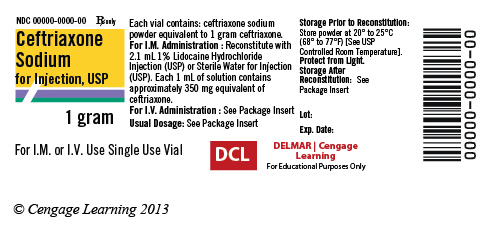You assess an unresponsive 65-year-old man and find that he is apneic and pulseless. The patient's wife tells you that he has an automatic implanted cardioverter/defibrillator. After initiating CPR, you should:
A) deactivate the implanted defibrillator by running a magnet over it.
B) apply the AED as soon as possible and analyze his cardiac rhythm.
C) ask the wife why and when he had the automatic defibrillator implanted.
D) avoid using the AED because the implanted defibrillator is more effective.
Answer: B) apply the AED as soon as possible and analyze his cardiac rhythm.
You might also like to view...
Sprinkler systems supplied from a public water supply or private system are not required to have a backflow preventer installed
a. True b. False
Which of the following devices is bidirectional?
a. Turbine flowmeter c. Vortex ultrasonic flowmeter b. Screen pneumo-tachograph d. Variable-orifice pneumotachograph
Calculate the amount you will prepare for each dose. A physician orders ceftriaxone 900 mg IV q12h in 50 mL 5% dextrose and water IV solution. The package insert states: "For IV administration, reconstitute with 9.6 mL diluent to the vial for a concentration of 100 mg/mL."How many full doses are available in this vial?
The package insert states: "For IV administration, reconstitute with 9.6 mL diluent to the vial for a concentration of 100 mg/mL."How many full doses are available in this vial?
What will be an ideal response?
Using correct modifiers can:
A. decrease reimbursement for the facility. B. promote efficient reimbursement for the facility. C. cause the claim to be rejected. D. identify causes of the patient's condition.